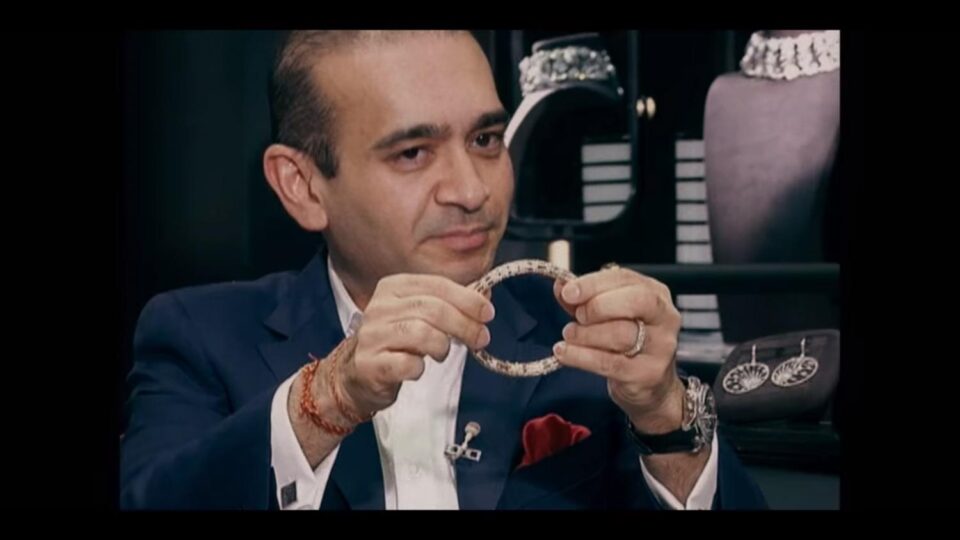Exposing the bad boy tycoons of India
Despite an earnest effort by Netflix’s docuseries Bad Boy Billionaires: India to document the rise and fall of men behind financial deceit such as Vijay Mallya, Nirav Modi and Subrata Roy — best described as a bunch of “has-beens” whose amoral behaviour eventually led to their fall from grace — it does little to shed new evidence about their cases.
Instead, viewers are left with a lacklustre aftertaste due to the fact that it neither has the tone nor cathartic fix to make it an investigative piece that captures attention.
At best, it is a compilation of news events with journalists that covered the story recounting it for the viewer, together with interviews from former employees, friends and family members of three of the most infamous tycoons from the subcontinent.
What ties these men is their financial power together with their greed, fraud and tendency to be corrupt, which puts them on a path of self-destruction and ultimate collapse.
As the narrative develops, we observe how the three offenders share common characteristics. While their acquaintances describe them as being flamboyant, they also display obvious signs of narcissism and are often seen in the presence of loyalists that seem enamoured with them. However, the two bad boys that yearn to make a formidable global presence are Mallya and Modi, one of whom has a larger than life personality and the other a man of few words.
At one time, they held their heads high while in the public spotlight due to their great fortunes but today, they are vehemently attempting to clear their name in court as they face criminal charges levelled against them. Some are even fighting against extradition to India from abroad.
The former tycoon Mallya, once called the “King Of Good Times” for his extravagant lifestyle, is one among the bad boys.
In 2017, he was arrested in London after 17 Indian banks accused him of deliberately defaulting on 91 billion rupees (38.6 billion baht) in debt accumulated by Kingfisher Airlines, a carrier he launched in 2005 with much fanfare but which collapsed just seven years later.
In the first episode, we are provided with insight into Mallya’s larger than life persona and charm via his friends and former employees. The dichotomy in the way he is discussed is a revelation.
We are told that Mallya borrowed heavily from banks and fled India when his company crumbled.
Despite owning numerous properties and assets, he refused to pay his airline employees for months, which even led to an unfortunate suicide. Despite this, the supposedly “bankrupt” Mallya held a lavish 60th birthday extravaganza a few years later where superstar Enrique Iglesias was flown in for a performance.
While former employees called him a thief in a suit, his acquaintances continued to downplay his behaviour saying that he was not a crook, but rather an idiot, callous and in denial. It’s possible that they didn’t realise just how insensitive their words would be perceived when placed against the enormity of the man’s actions.
The second episode focuses on diamond business owner Modi, an ex-billionaire who used to be a jeweller for Hollywood stars. Currently, he is also fighting extradition to India, where he’s accused of defrauding a state-run lender of about $US2 billion.
Modi had an ambition of taking his local brand global and competing with international jewellery houses. He is best remembered for his aesthetics and signature pieces like the Golconda Lotus Necklace and the Embrace stretchable bangle.
His case provides another overview of an individual who let their ambitions get the better of them. Just as his fraudulent activities were about to be exposed nationally, Modi fled India. His whereabouts were only revealed after a local journalist in London tracked him down.
Of special interest in this episode are interviews from his past employees, many from lower-middle-class families, that describe him as their “saviour” and “god”, questioning why he would do something to endanger their lives as they now had been made redundant.
The last case in the docuseries involves the charismatic Roy, who was the mastermind behind the Sahara India Pariwar company’s chit fund pyramid scheme, where poor people deposited their earnings in the dream of getting good returns. At one point in time, one in 17 Indians were depositors in the Sahara scheme. While returns kept flowing initially, they later stopped entirely.
Roy was sent to custody in 2014 for Sahara group’s failure to comply with an Indian regulator’s order for a $US3.9 billion refund to depositors, forcing the tycoon to sell assets. He’s been out on parole since 2016.
So what is the biggest lesson one can learn from the lives of the aforementioned bad boy billionaires? Well, it’s that the law will eventually catch up to you and if it is not today, it will be tomorrow.




